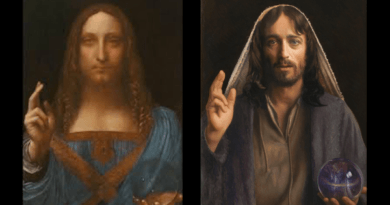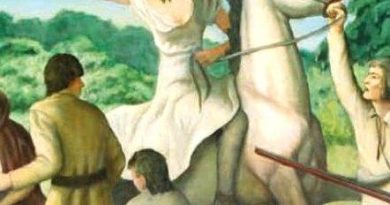IS ART ABOUT PATTERNS OR PEOPLE?
In the historical development of Western art, early Christianity was a major source of inspiration, development and preservation. However, as defined by the highly influential Augustine of Hippo in the 4th century, art is not to be pleasurable in itself but is used only as a sign pointing towards God. Because of this, early Christian and Western art depicts mostly people – bible stories, saints, church leaders and nobility. Beginning in the 7th century, due to Muslim populations moving north, Islamic art has a huge influence on Europe and Christianity. Southern Italy, Spain and Sicily all have large Muslim Islamic populations at this time, and the Christian artists learn and adopt a great deal from them.
In direct contrast to Christianity, Islam forbids the creation of images of human beings and animals. Islamic art emphasizes geometric patterns, calligraphy, foliage patterns and arabesques. In the middle ages, there is a mixing of these distinct art forms. Stained glass windows in the cathedrals begin to display highly elaborate patterns of colors, the “rose window” dedicated to the Virgin Mary being a great example. Islamic art is blended with Celtic, Germanic, and Roman art througout the Middle Ages. The resulting style is found in illuminated manuscripts, mosaics, tapestries, paintings, sculptures and architecture. It is our inheritance today, in the 21st century.
In the end, two civilizations and two world religions with distinctly different views about art contribute to the cross-cultural amalgam we now know as Western art.




